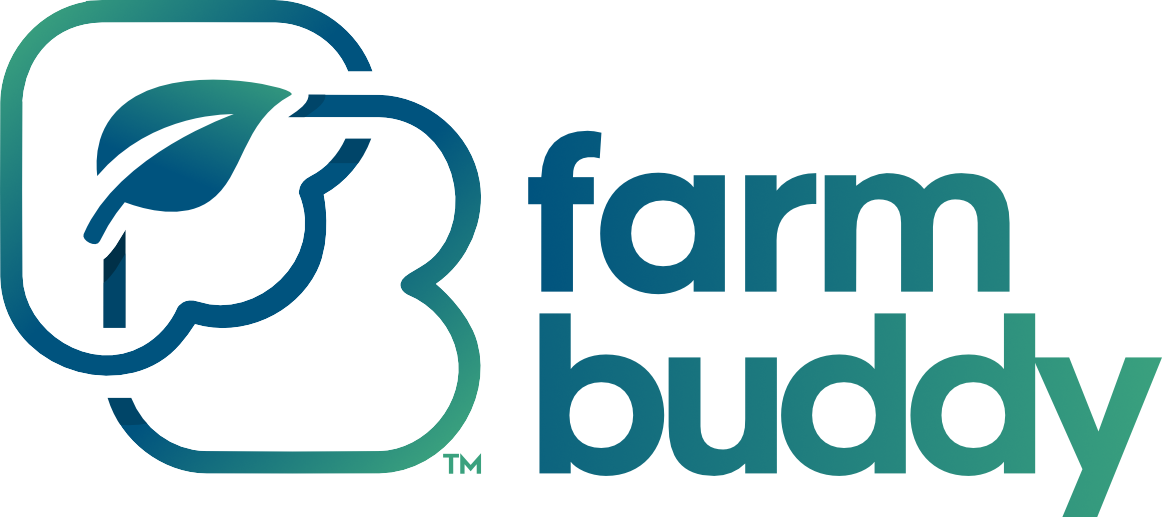Starting a fish farm in Nigeria is a lucrative and rewarding venture, especially with the high demand for fish in the local market. Let’s dive into the costs involved in setting up a fish farm, making it clear and easy to understand for beginners and potential farmers.
Why Start Fish Farming?
Fish farming is an excellent business choice in Nigeria due to the high demand for fish, which is a staple in many diets. With the right approach, you can achieve good returns on investment while contributing to food security and creating job opportunities.
Step-by-Step Guide to Fish Farming Costs
- Land and Location
- Cost: ₦100,000 to ₦500,000
- Details: Choose a location with access to clean water and good drainage. Consider the proximity to your market to reduce transportation costs.
- Construction of Ponds or Tanks
- Concrete Tanks: ₦150,000 for a small tank
- Earthen Ponds: Cheaper to construct but require more land and maintenance.
- Water Supply System
- Borehole Installation: ₦500,000
- Reservoir Tanks: ₦500,000 for 2-3 tanks
- Pipes and Pumps: Necessary for water circulation and aeration.
- Fingerlings or Juvenile Fish
- Cost: ₦20 to ₦30 per fingerling
- Details: Start with high-quality fingerlings from reputable hatcheries to ensure good growth and survival rates.
- Feed
- Cost: ₦5,000 to ₦6,000 per 15kg bag
- Details: Feed accounts for 60% to 70% of the total production cost. High-quality feed ensures healthy and fast-growing fish.
- Labor
- Cost: ₦10,000 to ₦15,000 per month per worker
- Details: Skilled labor is essential for daily operations, including feeding, cleaning, and monitoring the fish.
- Other Equipment and Supplies
- Filters and Aerators: To maintain water quality and oxygen levels.
- Water Testing Kits: For monitoring pH, ammonia, nitrite, and nitrate levels.
- Protective Gear: Boots, gloves, and coveralls for handling fish.
Total Estimated Cost
For a small-scale fish farm with 1,000 fish, the estimated setup cost is around ₦324,000. For a larger scale with 10,000 fish, the cost can be approximately ₦3,240,000. These estimates cover land, construction, water systems, fingerlings, feed, labor, and additional equipment.
Tips for Beginners
- Start Small: Begin with a manageable number of fish and expand as you gain experience.
- Research and Planning: Understand the market demand, choose the right species, and plan your setup meticulously.
- Quality Inputs: Invest in high-quality fingerlings and feed to ensure the best growth and yield.
Marketing and Sales
To successfully market and sell your fish:
- Local Markets and Restaurants: Build relationships with traders and restaurants.
- Online and Social Media: Promote your farm and products online.
- Export Opportunities: Explore exporting to markets with higher demand and prices.
Ready to start your fish farming journey? Contact us via WhatsApp on our website for top-quality fingerlings, feed, and expert advice. We’re here to help you every step of the way!
FAQs on the Cost of Fish Farming in Nigeria
What are the initial costs involved in starting a fish farm in Nigeria?
Starting a fish farm involves several initial costs:
- Land and Location: ₦100,000 to ₦500,000, depending on the area and proximity to water sources.
- Construction of Ponds or Tanks: ₦150,000 for a small concrete tank or less for earthen ponds.
- Water Supply System: Borehole installation costs around ₦500,000, and additional reservoir tanks can cost another ₦500,000.
How much does it cost to buy fingerlings for a fish farm?
The cost of fingerlings depends on their size and quality. On average, fingerlings cost between ₦20 to ₦30 each. For a small-scale farm with 1,000 fish, the total cost for fingerlings would be around ₦25,000 to ₦30,000.
What are the ongoing costs of maintaining a fish farm?
Ongoing costs for a fish farm include:
- Feed: The most significant expense, costing ₦5,000 to ₦6,000 per 15kg bag, accounting for about 60% to 70% of total production costs.
- Labor: ₦10,000 to ₦15,000 per month per worker.
- Medication and Water Testing Kits: Approximately ₦1,000 to ₦2,000 per month for medication and water quality maintenance.
What equipment is necessary for a fish farm?
Essential equipment for a fish farm includes:
- Ponds or Tanks: Various types such as concrete, earthen, or plastic tanks.
- Aeration Systems: To maintain oxygen levels, including air pumps and diffusers.
- Filtration Systems: Mechanical, biological, and chemical filters to keep water clean.
- Feeding Equipment: Automatic feeders and feeding trays.
- Harvesting Tools: Nets, fish graders, and scales.
How can I market and sell my fish effectively?
Effective marketing strategies include:
- Local Markets and Restaurants: Build relationships with traders and local eateries.
- Online Presence: Create a website and use social media to promote your fish.
- Export Opportunities: If possible, explore exporting to markets with higher demand and prices
